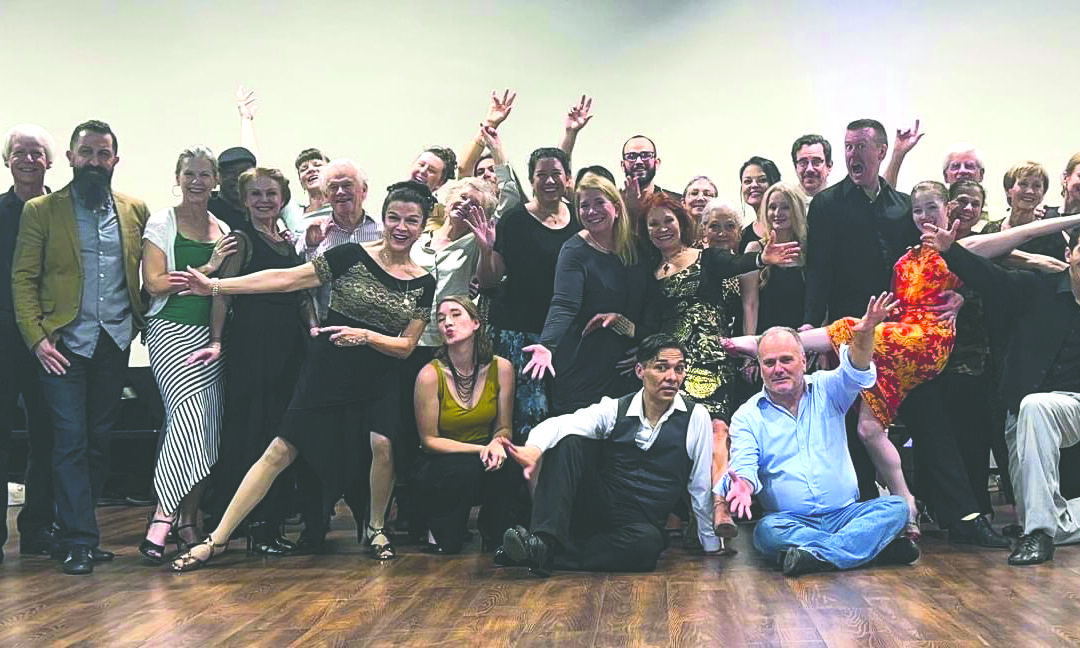BY LOGAN HURSTON FOR THE OBSERVER
EAST ALABAMA —For some, tango is just a dance. For others, it’s a way to communicate. That’s where Auburn’s Argentine Tango Club comes in. The club was started in the early 2000s by Omar Romagnoli, a native of Argentina who was working for Auburn University’s College of Agriculture at the time. Although he has since moved back to Argentina, the club lives on.
Two of Romagnoli’s first students, Tia González and Sergio Ruiz Córdova, have kept the club alive. González and Córdova work together to co-manage the group, with Córdova dealing with the paperwork and digital side, while González is the spokesperson who helps lead the group.
“When I started, I had no idea what tango was,” said González. “I thought it was closer to salsa.” However, she said, Argentine tango is different from the ballroom tango you may have seen on television and in movies. Ballroom tango is more rigid in its movements and partners lean away from each other. In Argentine tango, partners lean close together and almost all of the movements are improvised. Because of its improvised nature, Argentine tango is different from any other type of dance. For learning purposes, González said it helps to be a complete novice than to have a background in dancing, because with Argentine tango, the pupil often has to forget what they’ve learned in other dance disciplines.
The club meets on Mondays and Thursdays from 6:30 to 8:30 p.m. at the Jan Dempsey Community Arts Center for “practica,” an informal practice where members can learn or dance with different partners. Argentine tango has a language of its own, with practica being the only time partners can actually talk while dancing.
“Argentine tango is all about connection,” said González. “It’s about connection to the music and connection to each other. It’s very much about listening to your partner and communicating clearly. There’s a lot of life skills to be learned from tango. You have to be fully present, listen and respond with your ideas.”
A couple of times per year, the club hosts a “milonga,” which is an event where dancers get to dance tango, vals and milonga. At dances like this, no words are spoken before deciding to dance — dancers choose their partners by using body language or eye contact from across the room. The dancers will then dance during three songs with that partner without talking the entire time. The dance is the conversation for the dancers. After finishing the dance, the dancers can engage in some small talk.
“I was lucky enough to go to Argentina years ago,” said González. “Despite my name and heritage, I’m a third generation American and I speak almost no Spanish, but my partners never knew it until after our three dances were over. It wasn’t until after they walked me off the floor and we had a little chit-chat that they realized I didn’t speak Spanish.”
González said the club would like to host milongas more frequently, but since participation in the Argentine Tango Club is entirely free, affording an event is a struggle. Oftentimes the group will travel to places like Montgomery and Birmingham for milonga events, and from time to time the club hosts guest dancers from other cities. Romagnoli even visits once a year to teach a practicas in Auburn, Birmingham and Montgomery.
For more information about joining the Argentine Tango Club, visit the website: https://auburnal.myrec.com/info/activities/program_details.aspx?ProgramID=29907 .

